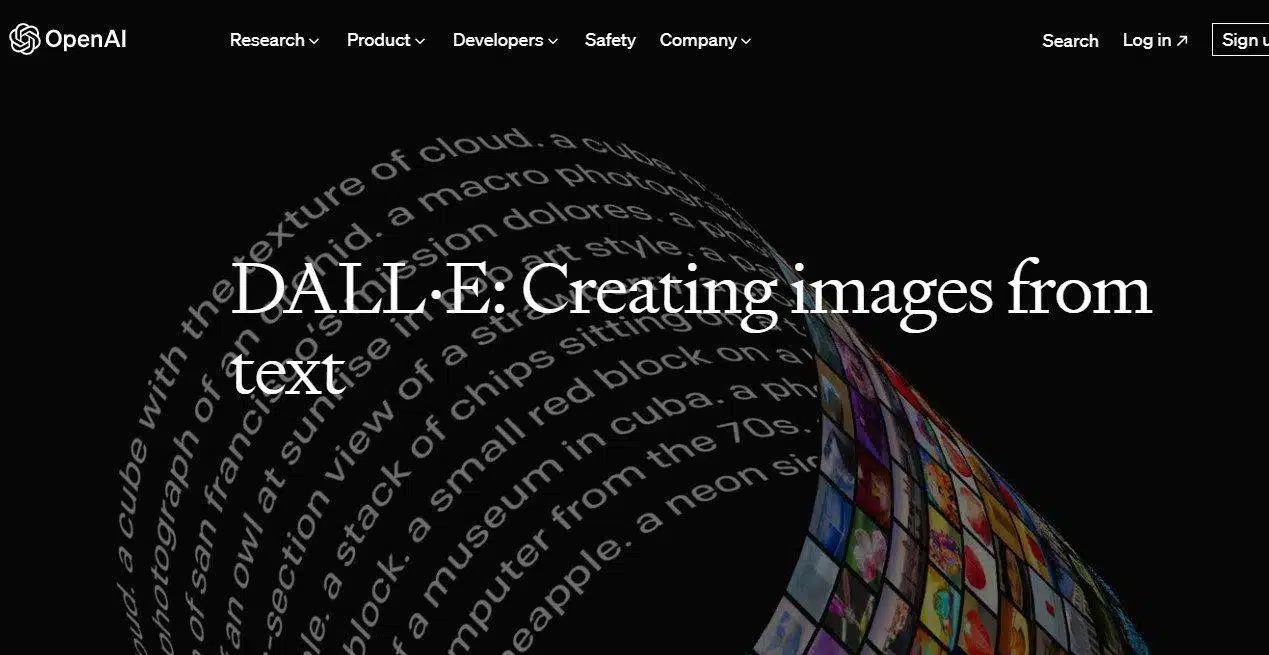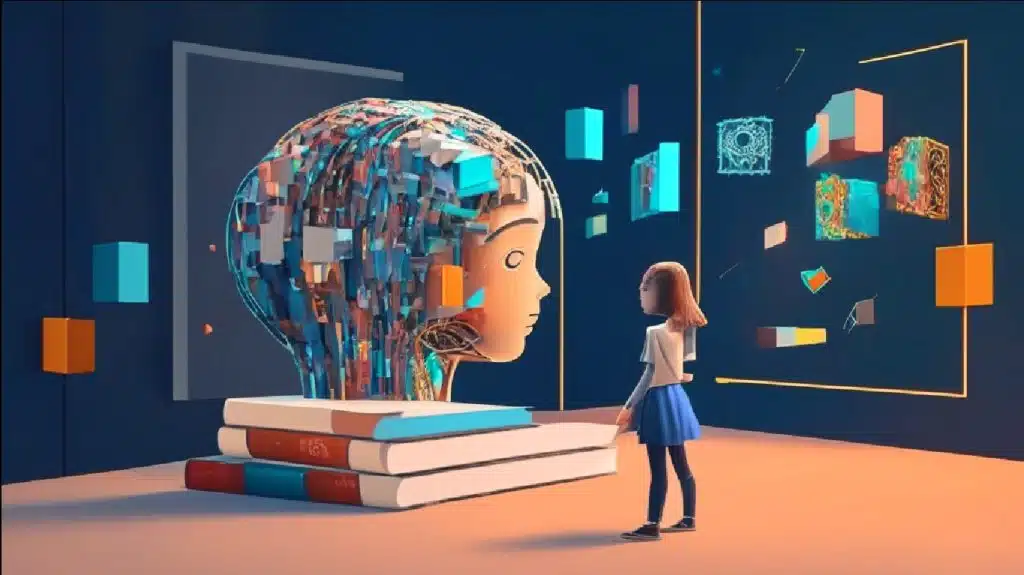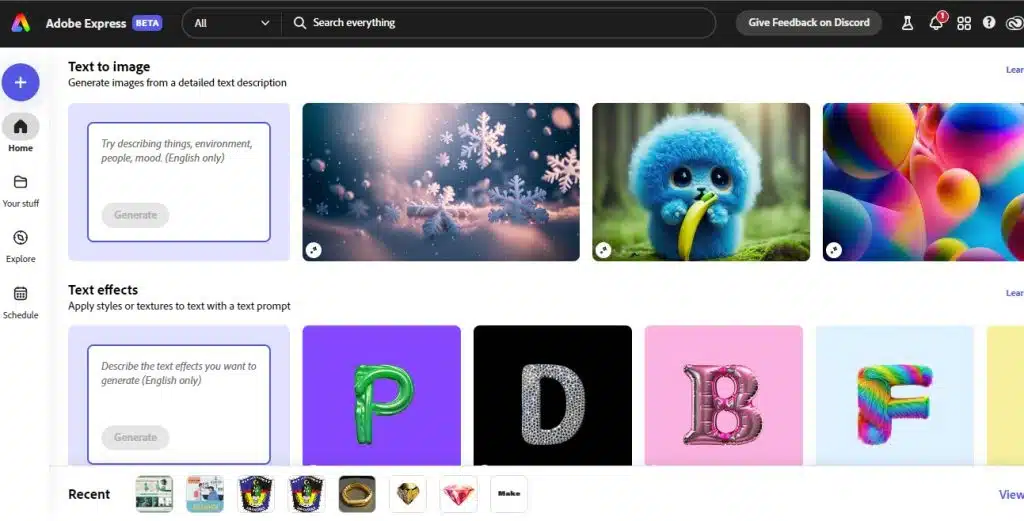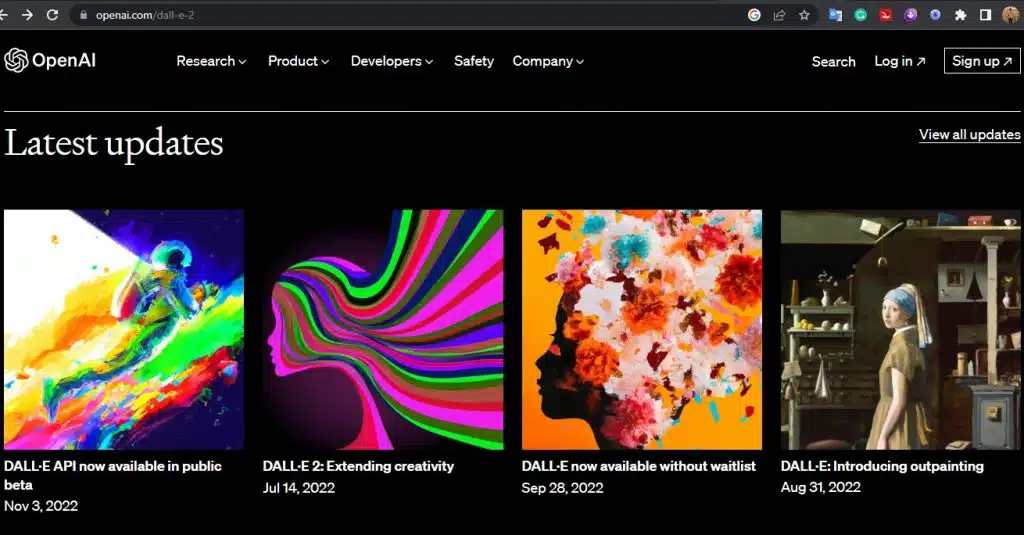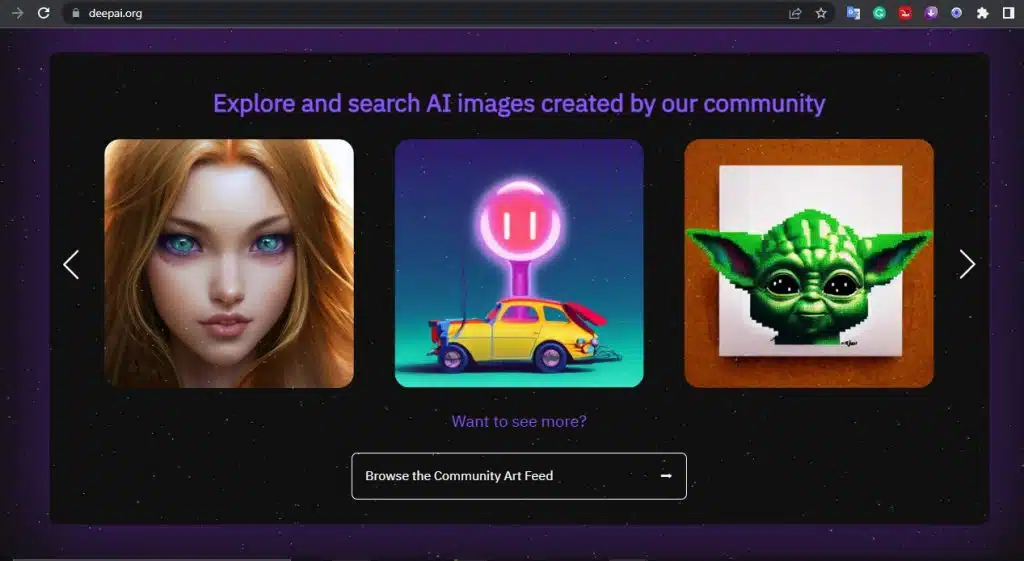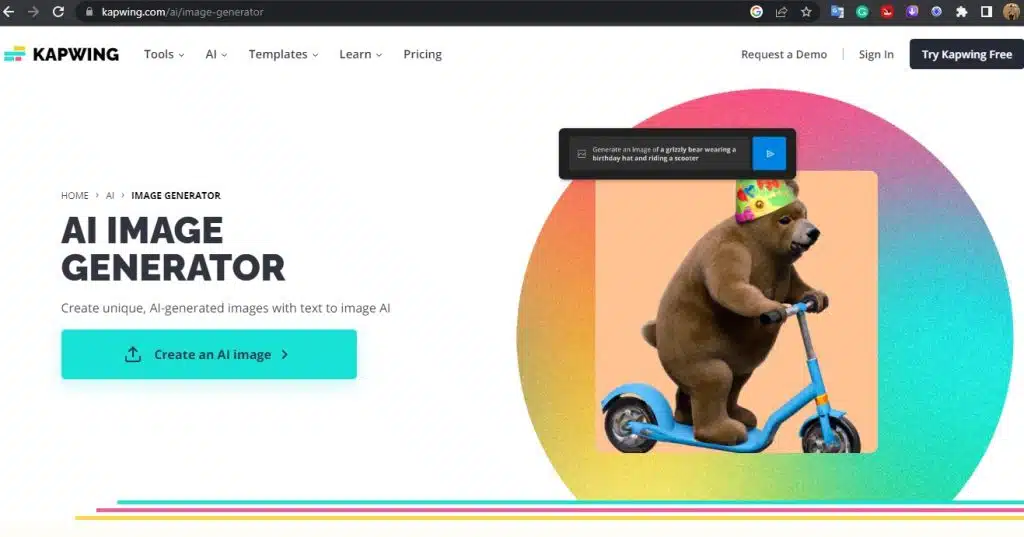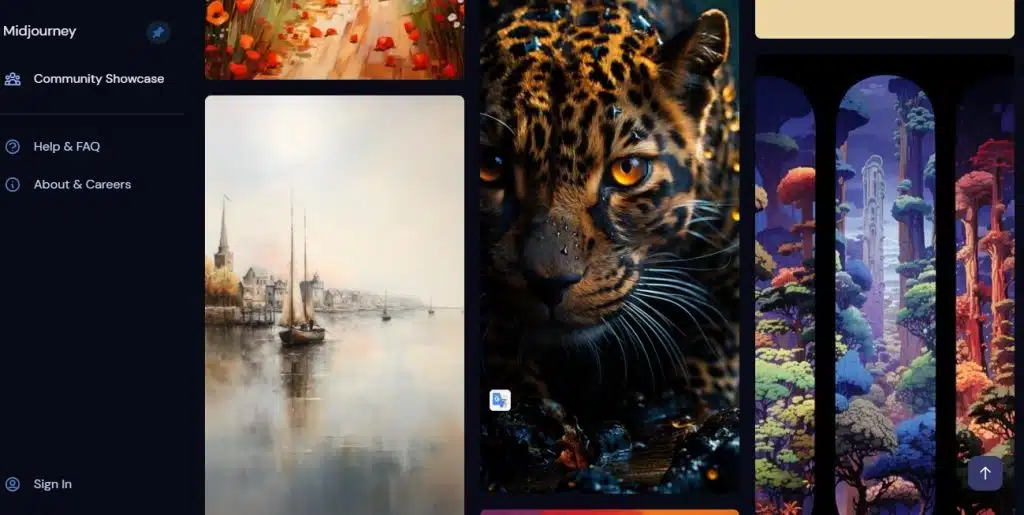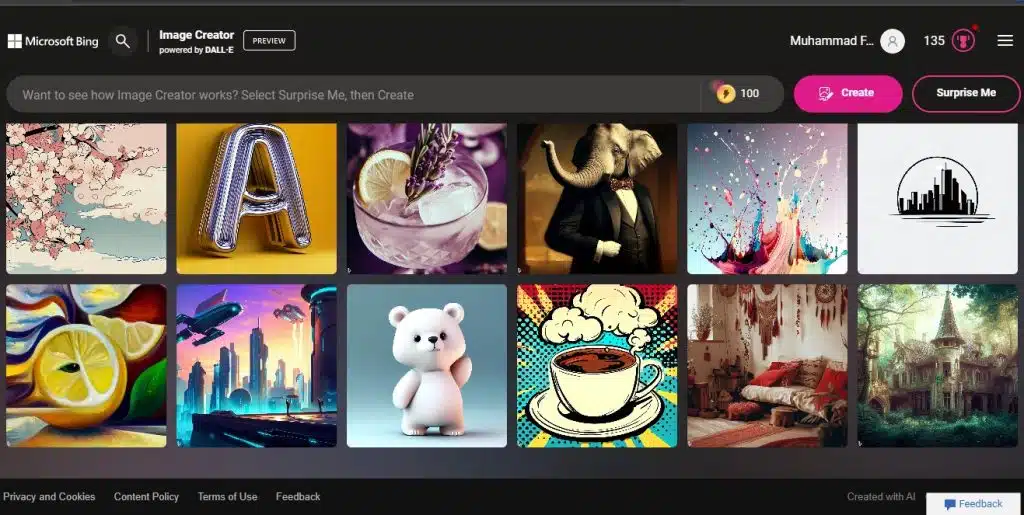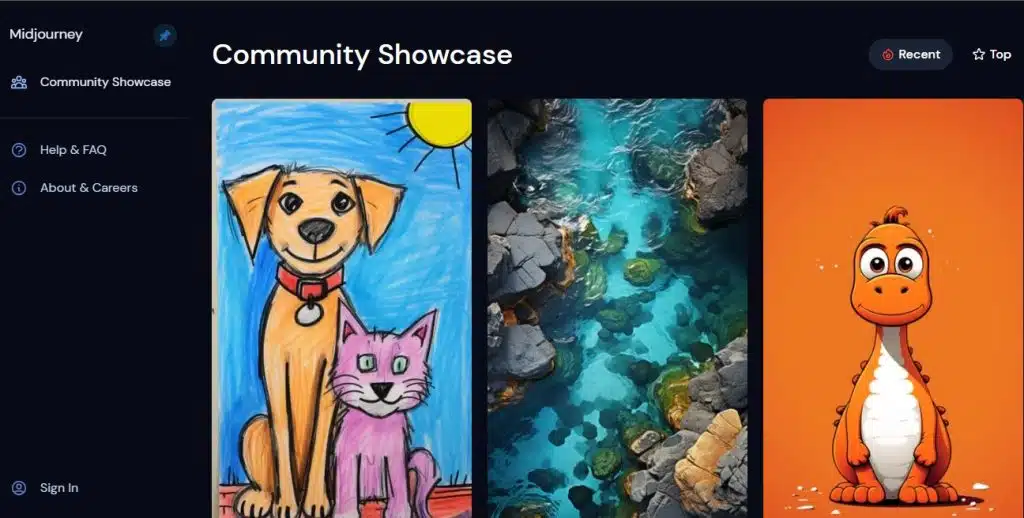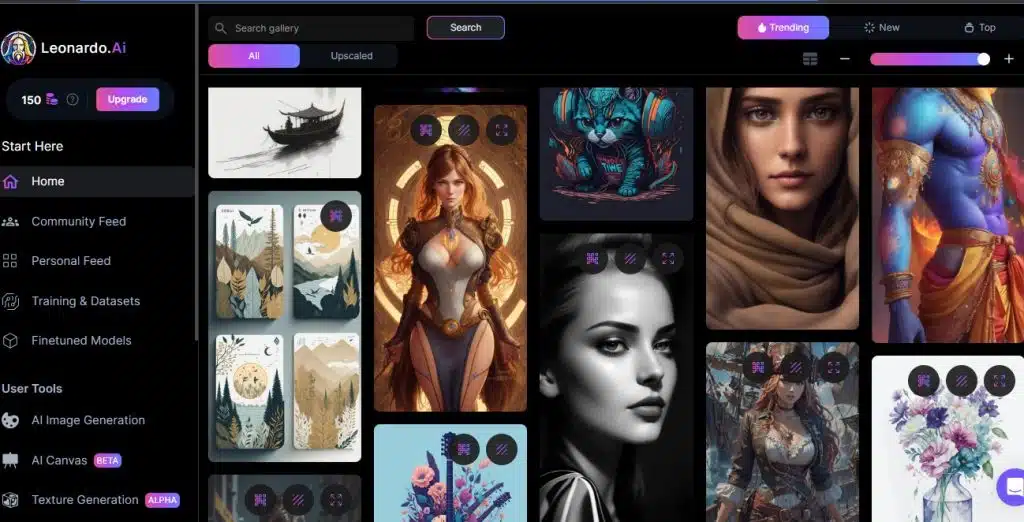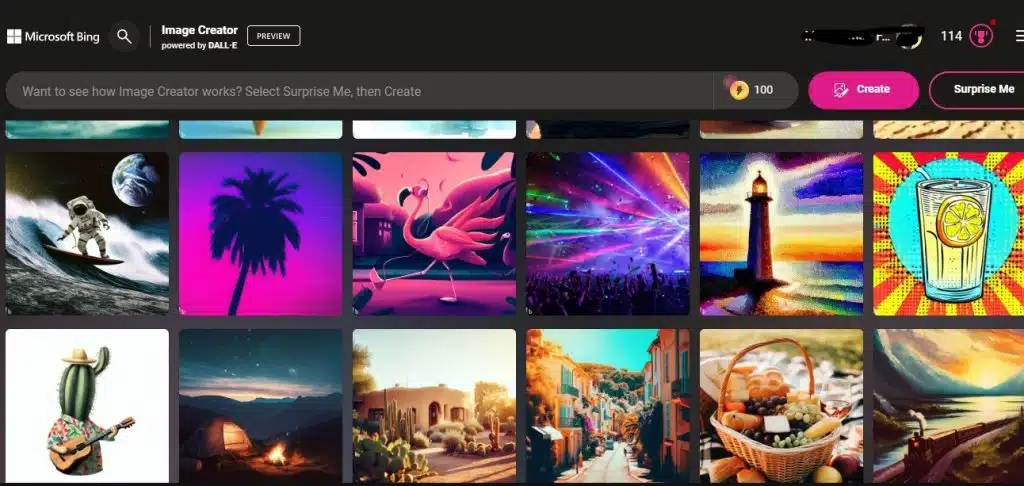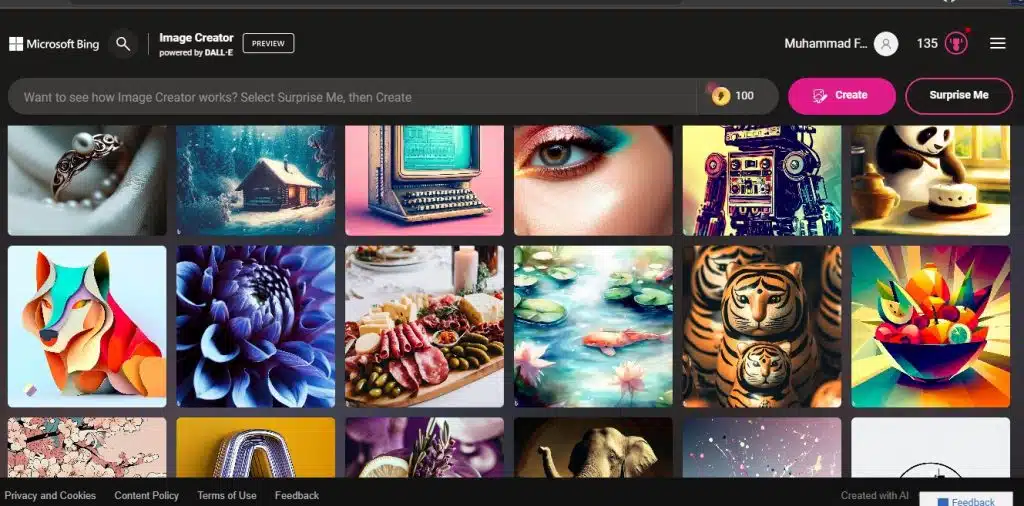How to Use Text to Image AI for Business and E-commerce – Utilizing AI Technology for E-commerce Product Visualization: A Guide. Text to image AI, an advanced technology capable of generating realistic and relevant images based on natural language descriptions, holds immense potential for various business applications. Among these, one particularly valuable and popular use case is product visualization in the realm of e-commerce.
How to Use Text to Image AI for Business and E-commerce
Product visualization entails creating visual representations of items intended for sale or display on websites and social media platforms. This approach offers several advantages:
Time and Cost Savings: Instead of engaging designers or photographers, or procuring physical products through purchase or rental, text to image AI can be employed to generate visuals for products you wish to promote or sell. It also allows the creation of images for products that are yet to be manufactured or are challenging to obtain or photograph, such as custom-made or rare items.
Product Customization: Text to image AI enables the generation of product images tailored to your customers’ preferences and feedback. Personalized or customized images can be produced by incorporating elements like the customer’s name, logo, or photo into the visual representation.
Enhanced Conversions and Sales: Leveraging text to image AI empowers you to create captivating and persuasive product visuals that resonate with your customers. It also facilitates the creation of images that demonstrate different features, benefits, or usage scenarios, such as displaying the product on a model, showcasing its functionality, or demonstrating how it complements a space.
READ: The Secrets and Tricks of Text to Image AI Experts
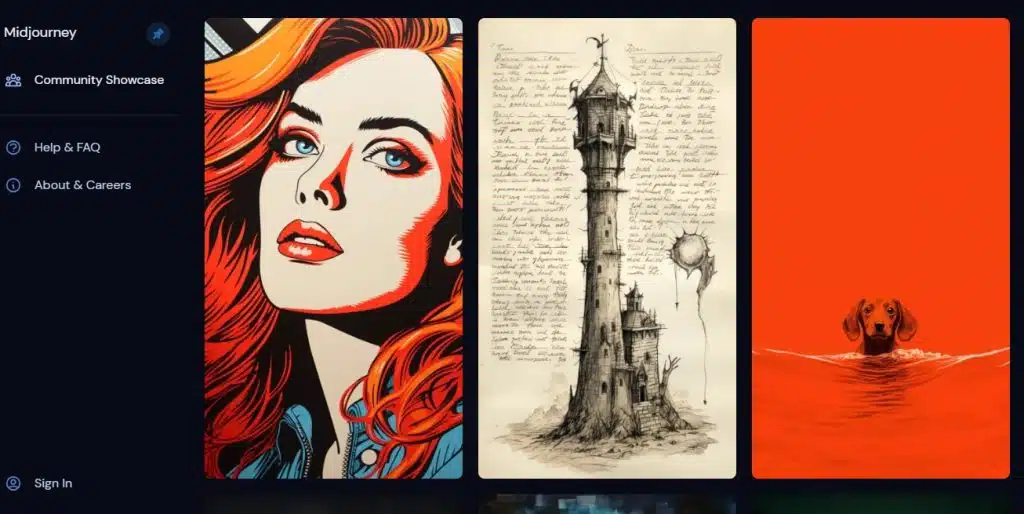
To leverage text to image AI effectively for product visualization in e-commerce, follow these steps:
Select a text to image AI service: Numerous text to image AI services are available, including Microsoft Bing, OpenAI DALL-E, and VQGAN+CLIP. Choose a service that aligns with your specific requirements, budget, and goals. Thoroughly review the terms and conditions of the chosen service to ensure you possess the necessary rights and permissions to use the generated images.
Provide a comprehensive product description: Furnish a clear and specific description of the product you intend to visualize. Include details such as the name, category, color, size, shape, style, material, and any other desired features. Avoid vague or ambiguous terms like “nice,” “cool,” or “awesome” as they may result in low-quality or inaccurate images due to confusion during the text-to-image generation process.
Generate and review the image: Once you have supplied the product description, generate the image using the selected text to image AI service. Thoroughly review the resulting image to ensure it aligns with your expectations and requirements. If necessary, modify the product description or consider utilizing an alternative text to image AI service. Additionally, verify the quality and accuracy of the image, ensuring it is free from errors, glitches, or inappropriate content.
Incorporate the image into your e-commerce platform: Once satisfied with the product image, integrate it into your e-commerce website or social media channels. If required, employ other tools or software to further edit or enhance the image. Provide relevant information alongside the image, such as pricing, availability, delivery options, and customer reviews.
While text to image AI presents a powerful and innovative tool for creating product visuals in e-commerce, it is essential to acknowledge certain challenges and limitations:
Quality and Accuracy: Text to image AI is not infallible and may occasionally generate low-quality, inaccurate, or irrelevant images. It may fail to capture specific details, colors, or styles as desired, or generate visuals that are offensive or incongruent with the intended purpose. Consequently, it is crucial to review images generated by text to image AI and provide precise and explicit descriptions to guide the generation process.
Ethics and Legality: The use of text to image AI may give rise to ethical and legal concerns such as plagiarism, copyright infringement, or privacy violations. For instance, generated images may closely resemble existing ones or employ the likeness or personal information of real individuals without consent. Always prioritize the rights and interests of others and adhere to the terms and conditions of the text to image AI service employed.
How to Use Text to Image AI for Business and E-commerce. Text to image AI holds significant promise and excitement as a technology for product visualization in e-commerce. However, its responsible and mindful utilization, coupled with ongoing improvements and innovation, is crucial. To learn more about text to image AI or explore its application firsthand, consider exploring popular services that offer this feature.


